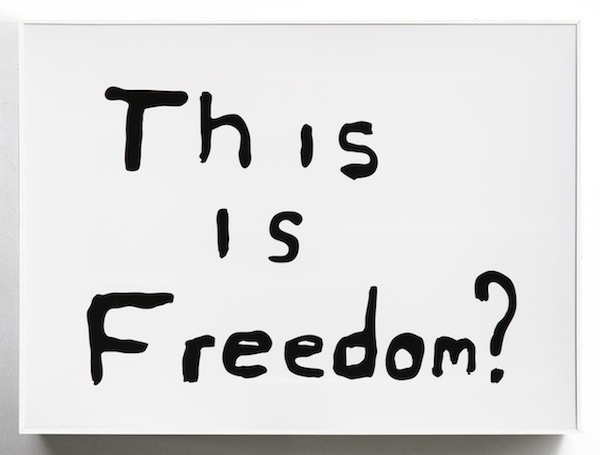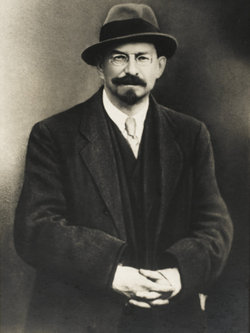The worst of Italy! Not just merely slightly
disreputable, but truly the worst of
Italy…
These words are, of course, not mine. They were
spoken by the Italian Minister of Public Administration on July 14, 2011 at a
“Young Innovators” convention during which he was asked some questions about
precarious workers, questions that apparently rubbed him the wrong way.
This really struck me when I read it at the
beginning of Alice Mattoni’s excellent book Media
Practices and Protest Politics: How Precarious Workers Mobilise in which
she examines a number of recent mobilizations of precarious workers. Mattoni
does a quite good job mapping out the various dynamics shaping movements like
the Euro MayDay, campaigns of direct action against austerity measures,
protests against university reforms, labor organizing in call centres, and
spectacular media actions staged to highlight precarity in the fashion
industry.
Mattoni draws from communication and media studies
to come up with a useful typology of media practices employed by the
precarious. Most significantly she distinguishes between what she calls
“relational media practices,” or the media practices oriented towards working with
media professionals, versus “activist media practices,” or ones that are more concerned
with the use of media within the cycles and dynamics of movement composition
themselves. A relatively simple way to think of this would be how it breaks
down to internal and external dynamics of media use, in relationship to
existing political movements and compositions.

This is all very well and good, and shows one of
the better ways that the academic tools and disciplines, such as media and communication
studies, can be put to useful ends in the service of autonomous politics. Mattoni
describes a large portion of the cycle of movement composition, from the
initial upswings and bursts of enthusiasm among the precarious that serve to
create “a composite political subject able to act at the public level to
express claims and demands” (2012: 42) to the difficulties faced by organizers
trying to mobilize precarious workers precisely because of how the
fractalization of the labor process often means there is no shared common space
of experience from to work from. Or in workplaces where there is indeed a
shared physical space there could just as easily exist wildly varying
contractual arrangements that serve to segment and divide the labor force.
Despite this, what strikes me is that even though
there can be an ever-greater amount of accurate analysis and understanding of
the cartographies and composition of precarious labor in a sociological sense,
there still feels like something is missing. And that ‘something missing’ brings
us right back to the Italian minister so rudely calling out the precarious
workers of the country as the ‘worst of Italy.’ This is important to highlight,
not just in the sheer pig headedness of such a comment, but also in the sense
of the very palpable dynamics of class hatred and condescension that one can
sense in such statements. And it is responses to that, at the affective level,
whether of indignation or rage, which are just as important to the organization
of a precarious politics as is the analytical understanding of the changing
nature of precarious labor.
This quote then brings us back to the question of
class antagonism, not as something to be described or theorized, or at least
not just described or theorized, but rather class antagonism as a key dynamic
for building and developing understanding from. In other words, antagonism not
as object of study, but rather as the intersubjective dynamic that underpins
and makes the subversive analysis and comprehension of capitalism possible.
Antagonism not as an affective add on, but as precondition. Toni Negri once
made a claim (which came back to haunt him through the courts) about the warmth
of proletarian community felt upon donning a ski mask. Perhaps it is time to
assert again the necessary that responds with a raw antagonism to the class war
waged from above with a ferocity that builds affective links among comrades who
are struggling against it.

Mario Tronti makes very much this point in a
passage from Operai e capitale, a
book that has still yet to be full translated into English, though there are
numerous passages that have been. In the section published in essay form as
“Social Capital” Tronti argues
Only from a rigorously working-class viewpoint will the
total movement of capitalist production be comprehended and utilized as a particular moment of the workers’
revolution. Only one-sidedness, in science and in struggle, opens the way both
to the understanding of everything and to its destruction. Any attempt to
assume the general interest, every
temptation to stop at the level of social
science, will only serve to better inscribe the working class within the
development of capital. (1973)
Tronti here is working from what is usually
referred to as the ‘Copernican Turn’ of autonomist Marxism, where it is the
struggles of the working class that are emphasized and understood as the
primary motor of history and determinant of capital’s development. But here
he’s making a particular claim, not just about the important of understanding
struggles, but doing so in an explicitly one-sided manner.

What Tronti is warning against here is the turning
of weapons of class antagonism into social science tools. This might seem a bit
strange given that the early operaismo comes out of a very real engagement within
Italian sociology, and can largely be understood as a process where industrial
sociology was stolen back from the toolbox of management approaches and placed
into the metaphorical working class overall’s back pocket to be utilized in all
kinds of sabotage, factory occupation, and so forth. Here Tronti is imploring
us to keep the use of sociological tools as weapons, perhaps in the same vein
that Pierre Bourdieu would constantly described sociology as a martial art, as
a means of self-defense.
Tronti is certainly aware of this, more then aware
of it. And that is precisely his caution, the warning he gives here: that any
attempt to remove the antagonistic foundation from the analytical and political
tools developed can only serve to reinscribe the working class within the
development of capital. What Tronti is saying is that when you forget the
invectives of the government ministers, of the factory foremen, of the agents
of class domination who the very real hatred of sparked our the impulse of
insurrection in the first place – and replace them with sterile conceptual
tools – is to lose the ‘conceptual’ class struggle, even if one appears to
carry it on. For Tronti, antagonism, perhaps even full out class hatred, is the
affective substrate from which any sense of theoretical and political coherence
will and must be built.

This is a fragment of what one could suggest is a
kind of workerist epistemology, one that understands dynamics of class struggle
and antagonism not just as historically, socially, and politically important,
but also as developers of conceptual and philosophical tools. That is not as that working class
movements are not just social configurations that concepts and ideas emerges
from, rather they are also in their antagonistic formations precisely ideas,
words, made flesh in movement of uprising against domination and exploitation. This
is what Ranciere gestures to when he comments that sociology, before it was an
academic discipline or a denizen of universities, existed as “a war machine invented in the age of the aesthetic which is
also the age of democratic revolutions,” that existed as a project for the reorganization
of society” (2006: 6). To develop a workerist epistemology is to maintain a
certain fidelity to these origins, even if moving and adapting with the
changing situation. A workerist
epistemology then is not the deployment of concepts in order to fix and
sanitize this antagonism, rather it is a the movement of intensifying and extending
it, deepening and developing the logic of antagonism as the foundation
subversion against the nature of class society itself.
References
Mattoni, Alice (2012) Media Practices and Protest Politics: How Precarious Workers Mobilise.
Surrey: Ashgate.
Ranciere, Jacques (2006) “Thinking between disciplines: an
aesthetics of knowledge,” Parrhesia
Number 1: 1-12/
Tronti, Mario (1973) “Social Capital,” Telos No. 17: 98-121. Available at http://operaismoinenglish.wordpress.com/2010/09/30/social-capital.


















